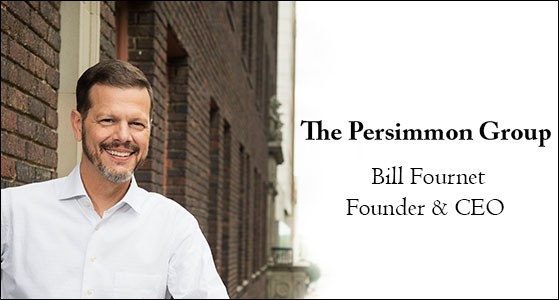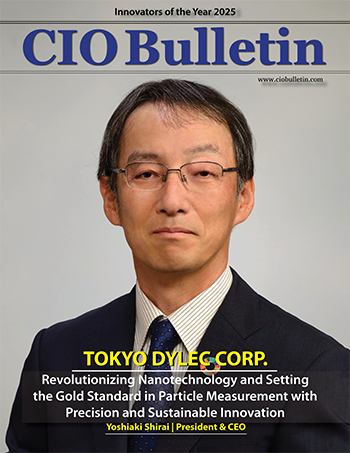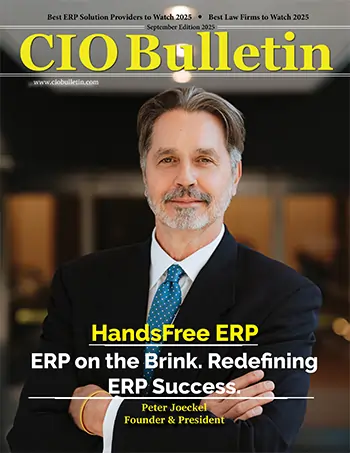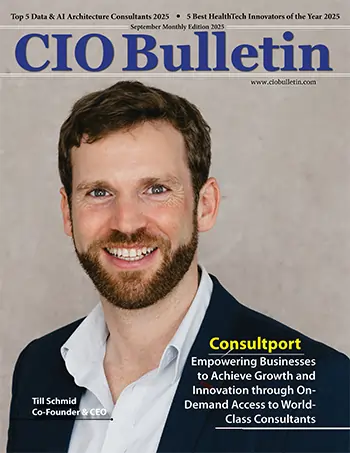CIO Bulletin

Business consultants are professionals who work with clients on a variety of aspects that boost a company’s growth. The main role of a business consultant is to identify, address and overcome obstacles faced by the business leaders. It’s time to work smarter. We need a new paradigm in business, a future where organizations thrive on every level. We believe it’s possible for businesses to achieve new levels of impact and profitability, and at the same time help leaders and teams feel personally successful too. The Persimmon Group is a management consulting firm that helps organizations in the public and private sectors reach their full potential. The company is led by executives with real-world business experience that we put to work to solve difficult business problems and find the hidden opportunities that make you more efficient, more profitable and create sustainable growth. “We’re working hard, we’re knocking out projects, we’re hitting our goals, but we are not moving the needle.” This scenario is surprisingly common, and often reveals a faulty method: a goals-first approach. The impact of this flawed approach can be painful or even disastrous. While goals may have been “achieved” and boxes checked, the pursuit of these goals often constrains an organization’s potential. Sometimes this unintentionally results in financial losses, client losses, and even lasting damage to your reputation or your brand. Without bringing desired outcomes into the conversation often and early, organizations can find themselves in an alarming situation. After a long work cycle, they realize that they have completed the wrong goals, far away from the end state they had initially envisioned achieving. When clear outcomes drive action, real progress can be achieved. With you and your team working with the end in mind, you are consistently moving the needle or strategically adjusting, so you can get back to moving the needle again. When your organization focuses on outcomes first, teams and departments can more freely collaborate on the best path forward. Not only does innovation and solution-focused thinking increase, but goals and initiatives often get much more specific and strategic. Within the context of outcomes, potential strategies can be properly scrutinized and considered before critical decisions are made. This can help to avoid costly mistakes, or passing over the path of least effort and greatest reward. A team without outcomes is a team without purpose. When teams understand the greater purpose of their actions, motivation and work quality increase dramatically. Work becomes a tribute to a higher purpose, something to take pride in, rather than an endless list of to-dos or check boxes to “get done.”
Build a Dynamic Organization
When business change is incremental, organizations and teams with well-understood processes and solid discipline may perform extraordinarily well. But when organizations try to apply these same approaches to more complex disruptions, the result can be disastrous. Rather than build a dynamic organization and help teams move faster, bureaucratic bloat and rigid processes instead create crippling blind spots in decision-making and communication. The best organizations prepare for disruption before it occurs. By word and deed, leaders from a dynamic organization establish a management ethos of organizational agility—a set of cultural values and practices that help people work smarter, faster.
Establish Desired Outcomes for Absolutely Everything. Every team. Every project. Every meeting. No exceptions. Organizational agility—the ability to move and adapt effectively to change—hinges on everyone having a mutual understanding of the desired destination. When the mission is well-defined and communicated, teams are able to operate quickly and autonomously to address change as it happens.
Insist on Transparency. Information silos can be a deadly barrier to speed and effectiveness. This is why dynamic organizations focus relentlessly on building agile work environments—physical and digital spaces where a “shared consciousness” can be cultivated across and within teams. These spaces are kept open and accessible, facilitating frequent personal interactions and highly visible information sharing.
Build Networks. Command-and-control organizational structures can make it difficult to adapt to changing markets. The most innovative organizations challenge the traditional hierarchy with a network of decentralized, but tightly aligned, teams. To build networks across the organization, increase the use of liaisons between teams or departments, and cultivate both formal and informal opportunities for teams to understand each other better.
Empower the Front Line. Nowhere is it written that executives have the best ideas. Empowering individuals and teams to gather intelligence, generate recommendations, and make local decisions are the bedrock to organizational agility. Don’t be afraid to push authority closer to the customer and trust your employees to organize and manage themselves.
Make it Safe to Learn. Innovative companies take risks. They encourage teams to experiment, learn by doing, and start by starting—to validate assumptions and be data-driven, and to celebrate failure that creates learning. Agile organizations don’t allow coasting—if you’re not moving forward, you aren’t sitting still: You’re moving backward.
Focus on Simplicity. Put simple rules in place to encourage limited scale (at a team and organizational level), reduce layers, and reduce time. Reduce waste and rework by doing small experiments before you commit sizeable resources to ideas that haven’t been tested yet.
Let the Market Drive. Let the market (not leaders) steer the organization. Through market pull, focus on value creation and relentlessly remove organizational debt—the people and culture problems that build up over time and ultimately impact customer outcomes.
Bill Fournet, Founder and CEO







